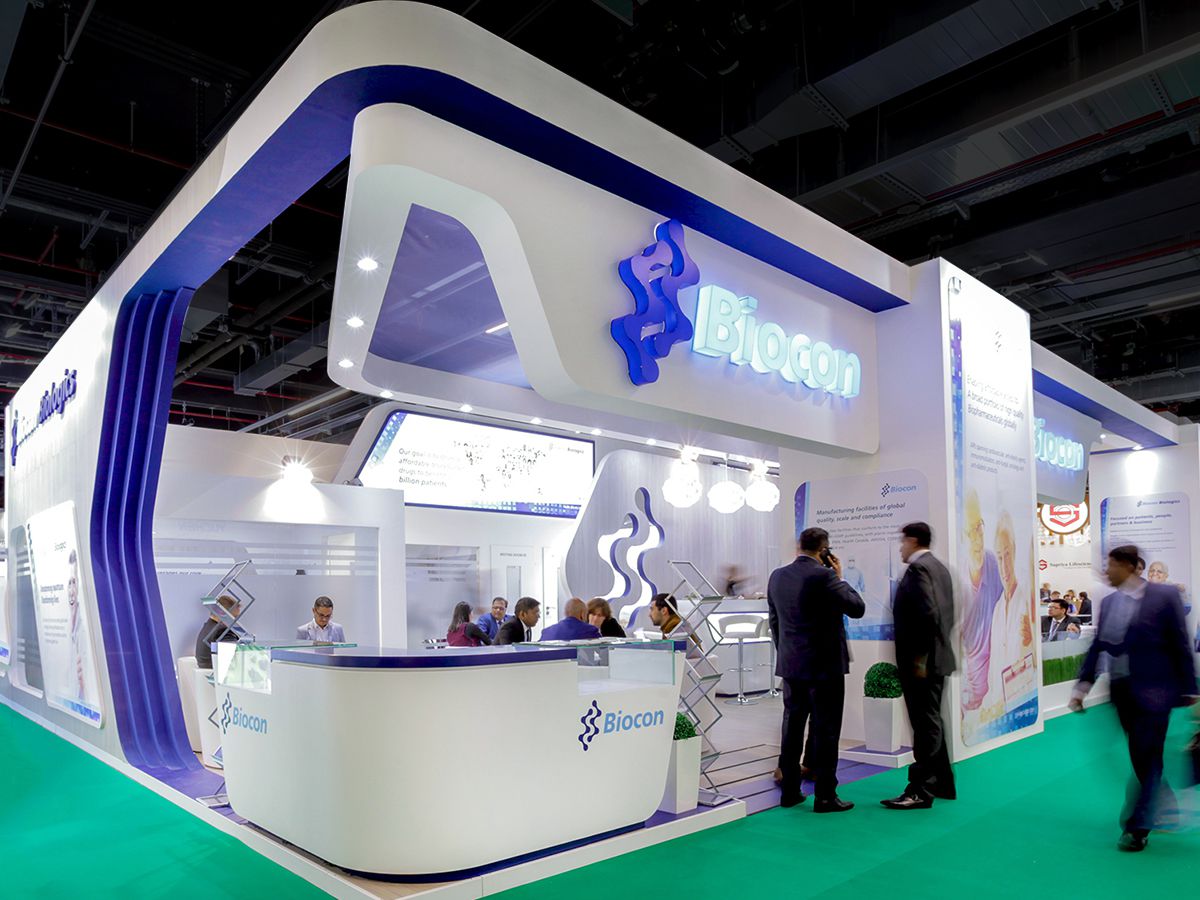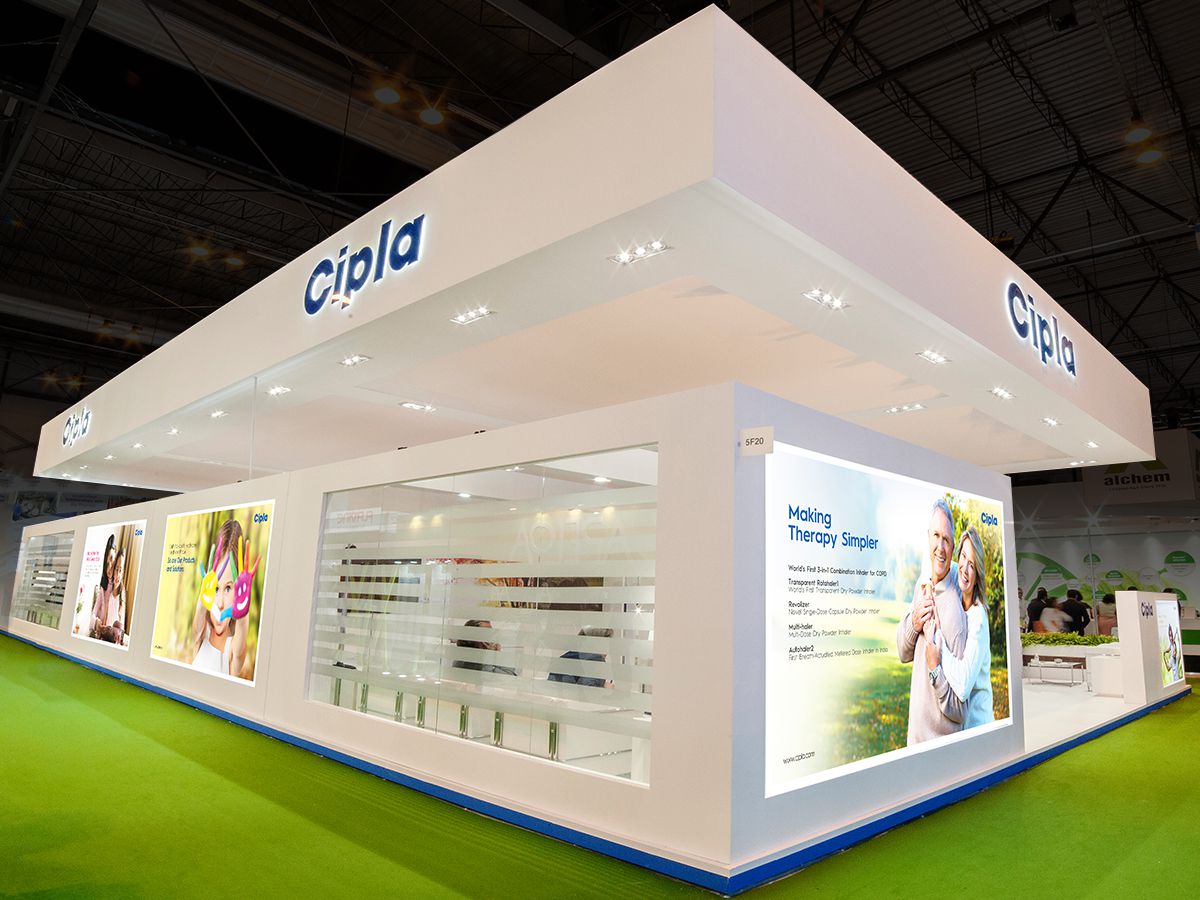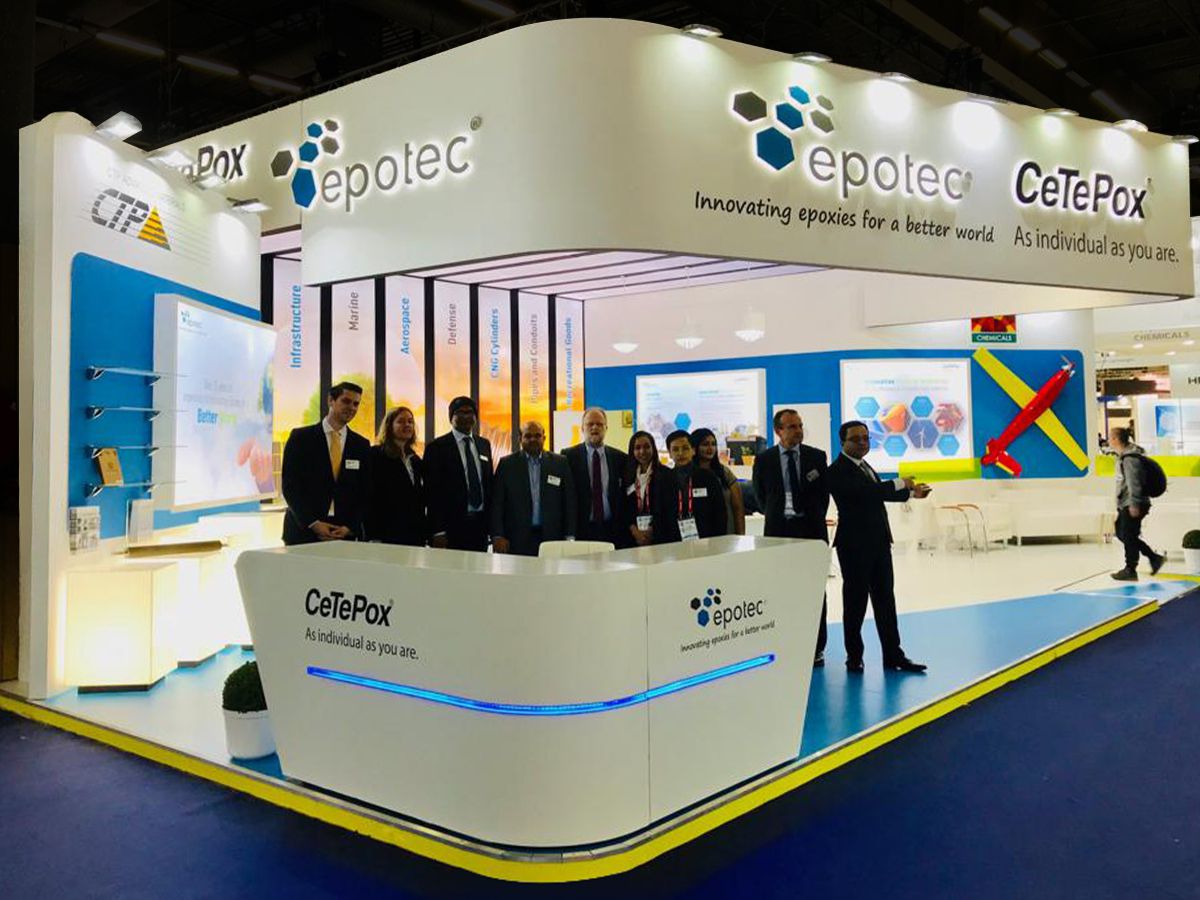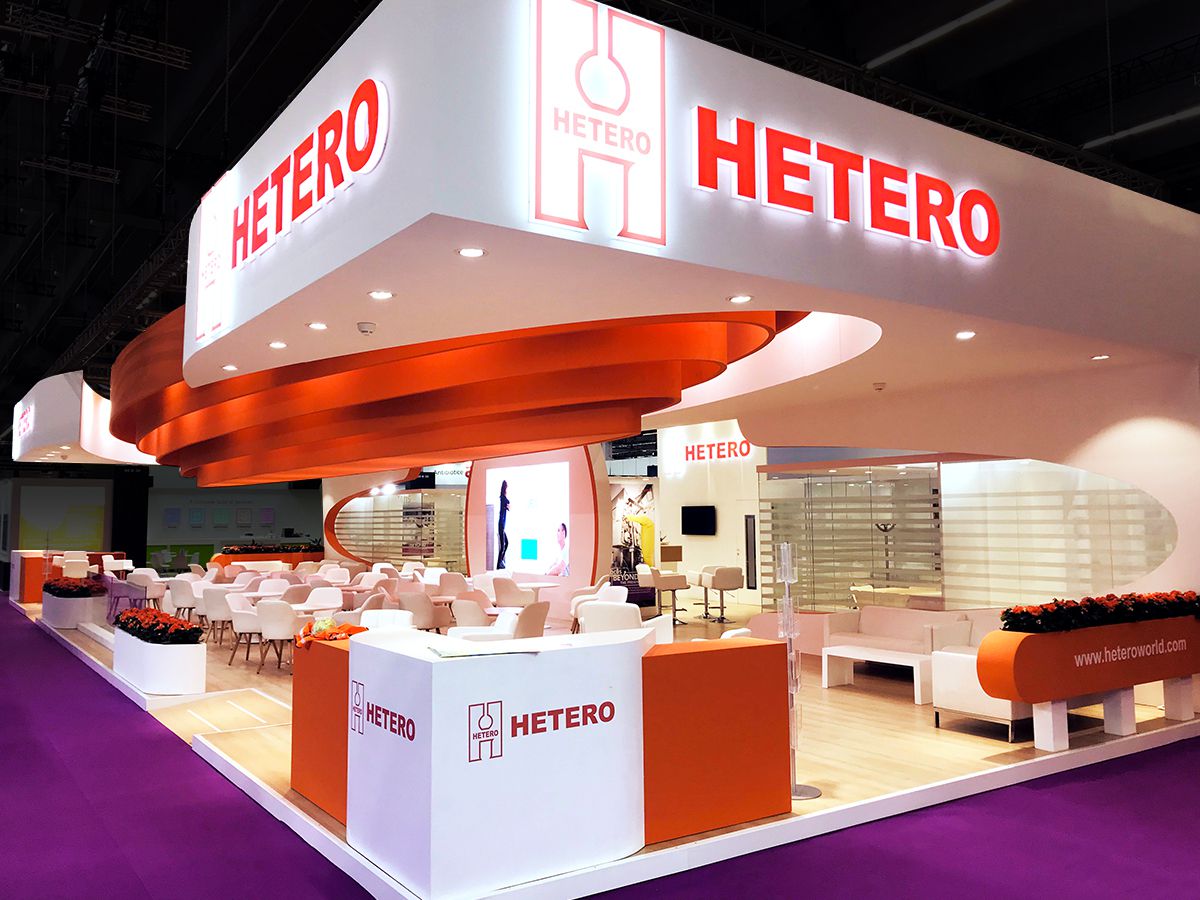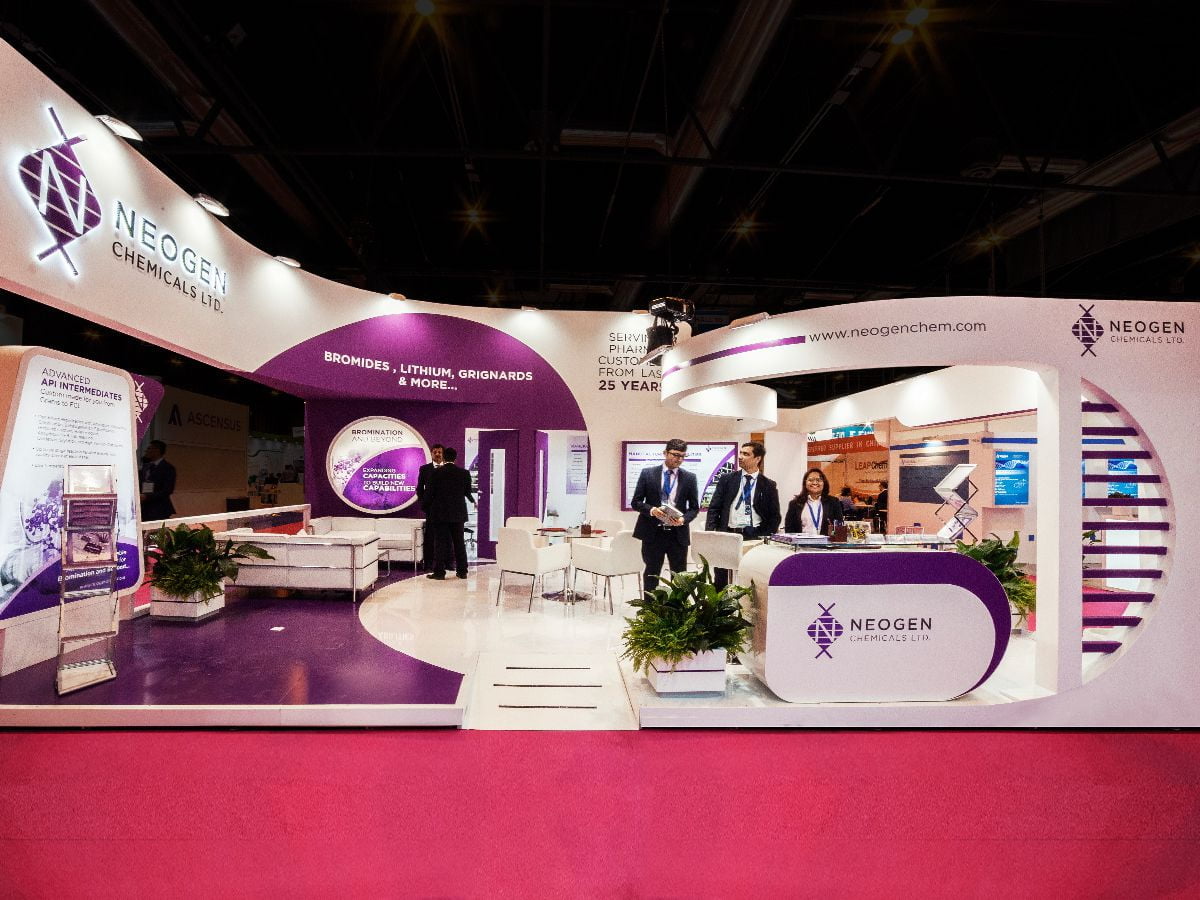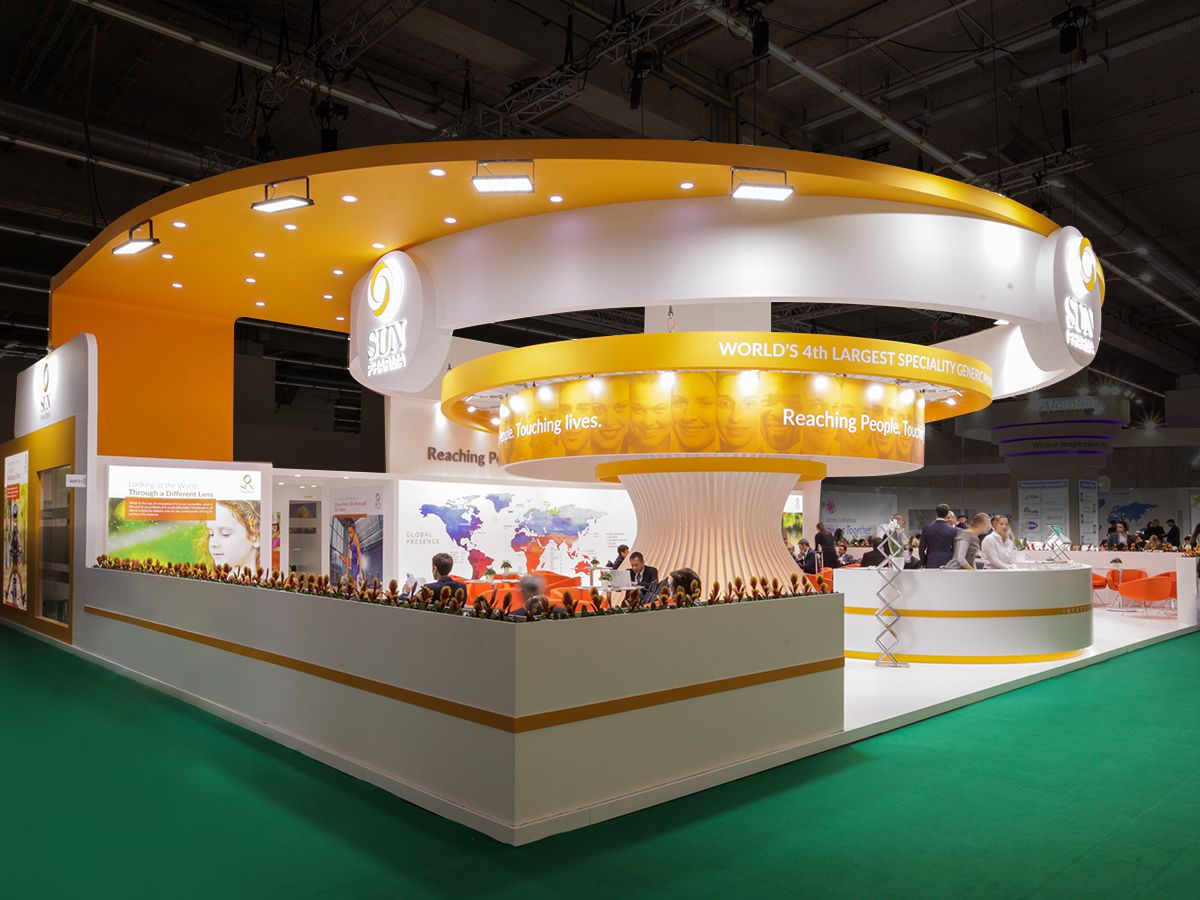Diseño de exhibición de exposición
Los 8 mejores diseños de expositores comunes para exposiciones
When attending an expo event show, your display design will determine the visitors interest. A well designed expo display design will capture attention and effectively communicate your message and engage with the audience. In this blog, we will explore the top eight common explore display designs, providing insights and tips on how to make the most out of each one.
1. Pop-Up Displays
Stop displays are one of the most popular choices for Expo events because of their versatility and easy set up. These kinds of displays are made of a lightweight frame that pops up to form the structure. They have graphic panels that attach to the frame using magnetic strips or Velcro.
Advantages of pop-up displays:-
- Easy transportation: Portable lightweight, making them the best choice for frequent travellers.
- Rapid Set up: It can be easily assembled in minutes without many craftsmen and tools.
- Customisable graphics: High-quality graphics can be easily updated or replaced.
Suggestions for effective pop-up displays:-
- Striking graphics: Use vibrant and high contrast colours to make the displace and standout.
- Cut and clear messaging: Pay attention to how the brand message is portrayed from the visitors point of view. Make sure it is clear and easy to understand.
- Incorporate good lighting: Add spotlight or LED lights to highlight certain important areas.
2. Banner Stands
Banner stands are an affordable option as well, as it is quite flexible for an expo display design. They come in a variety of styles such as roller, banners, banners, banners, each offering their own unique benefits.
Benefits of banner stands:-
- Económico: One of the most budget friendly display options.
- Versatile Use: Very suitable for a variety of settings beyond exhibitions, including retail spaces and corporate events.
Suggestions for maximising banner stands:-
- Consistent branding: Make sure your banner stands design alliance with the overall brand aesthetic and message.
- key information: Highlight important information such as the website, social media handles and contact details.
- Good quality materials: Use durable materials that are long-lasting and have a professional appearance.
3. Modular Displays
Modular designs can be highly customisable and rebuilt to suit different spaces and requirements. These displays have interchangeable elements that can be assembled in various ways to design unique layouts.
Key features of modular displays:-
- Flexibilidad: Adaptable to different boot sizes and layouts.
- Reutilizable: Display pieces and components can be reduced and re-built for multiple events.
- Professional appearance: Offers A polished and professional professional look.
Suggestions for using modular displays:-
- Escalabilidad: Plan your modular display to scale up or down based on the event size.
- Interactive elements: Integrate multimedia or interactive elements to engage visitors.
- Storage solutions: Make sure the design includes storage space for marketing materials and giveaways.
4. Table Top Displays
Table top displays are perfect for smaller spaces or when a supplementary display is needed to complement a large set up. These displays sit on a table and can arrange from simple boards with graphics to more complex structures with integrating multimedia elements.
Benefits of table top displays:-
- Compact size: Ideal for smaller booth size and lesser space.
- Easy Setup: Simple to install and take down.
- Budget-friendly: Usually it is less expensive than larger floor displays.
Suggestions for effective table top display:-
- Engaging Content: Have elements like touch screens or product samples that interact with the visitors and keep them interested.
- Clear fonts: Be specifically clear about the company’s name and key messages that will be represented to all.
- Professional presentations: keep the display neat and well organised to maintain a professional appearance.
5. Truss Systems
Truss systems provide a robust and eye-catching display solution often used for larger boots, or when you need to support heavier components such as lighting and screens. It is made from metal or aluminium through systems that are durable and can be rebuilt in various shapes and sizes.
Benefits of truss systems:-
- Strength and Durability: These stands can support heavy equipment and withstand repeated use.
- Personalización: highly customisable to fit the specific needs and design requirements.
- Professional appeal: Has striking and professional and elegant impressions.
Suggestions for Truss Systems:-
- Strategic lighting: Use truss systems to mount lighting and strike the booths visibility.
- Structural balance: See to it that the truss system is balanced and secure.
- Integrated technology: Include screens or projectors for the best presentation.
6. Tension Fabric Displays
Tension fabric displays use stretchable fabrics that fit tightly over the frame to build a sleek and modern look. These displays weigh less and are easy to assemble, and provide high-quality graphic presentations.
Benefits of tension fabric displays:-
- Modern aesthetics: They provide a smooth and effortless look that stands out.
- Seamless transportation: Uncomplicated transport and set up.
- Splendid graphics: The fabric allows for a vibrant and meticulous printing.
Tips for tension fabric displays:-
- Realistic imagery: Utilise mesmerising images for a noticeable visual impact.
- Durable fabrics: Choose wrinkle-resistant as well as flame-retardant fabrics for safety measures and longevity.
- Curved frames: consider curved frames for a more dynamic and inviting appearance and feel.
7. Features of Backlit Displays
Backlit displays make use of internal lighting to illuminate graphics from behind and make your display stand out, even in the lit expo halls. These displays are particularly effective in capturing the attention of the visitors and highlighting the key messages.
Features of backlit displays:-
- Better visibility: The back lighting that is there makes the graphics pop out and attract more attention.
- High impact: This creates a striking visual effect that draws visitors and sparks curiosity.
- Versatile use: Suitable for various things such as retail environments, and permanent installations.
Suggestions for backlit displays:-
- Constant lighting: Make sure either there is even lighting distribution to avoid hotspots.
- Quality graphics: Leverage, high-resolution backlit, compatible graphics.
- Emergency Efficiency: Settle for LED lighting to save on energy cost and extend the lifespan of your display.
8. Interactive Displays
Interactive displays are very commonly built because they capture attention and provide experience that can leave a lasting impression. Elements such as touch screen tablets or virtual reality stations are placed for visitors to engage more effectively.
Advantages of interactive display:-
- Reciprocal: Interactive elements, encourage visitors to interact with the brand.
- Memorable experience: It generates a unique and remembered experience for the attendees.
- Data collection: allows for real-time data collection and feedback from visitors.
Suggestions for Interactive displays:-
- User friendly interface: Ensure the interactive elements are very easy to use, so the potential customers don’t have any difficulties.
- Clear instructions: Provide K instructions or staff assistance to guide users.
- Data security: Make sure that any data which is collected is secure and complies with privacy regulations.
Tips for Choosing the Correct Expo Display Design
- Consider the space: Select a design that fits with the booth space without overcrowding it. Make sure there is enough room for visitors to move around comfortably.
- Focus on branding: Give all your effort and attention to ensure that the display design reflects the brand identity and message which is the most crucial. Consistent use of colours, logos and imagery helps reinforce brand recognition.
- Plan for engagement: Think about how to engage visitors by using interactive components, multimedia, displays and hands on demonstrations to draw attention and encourage participation.
- Budget wisely: Balance the budget while keeping in mind the quality and impact of the display. Investing in a high high-quality display can yield better returns in terms of visitors engagement and brand perception.
- Know your goals: Understand the goals that you aim to achieve with the display, whether you are looking to generate leads, have good ROI or increase brand awareness and launch a new product.
In conclusion an effective expert display design is a blend of creativity, functionality and strategic planning that requires an understanding of the brand, the audience and the specific goals ones to achieve. With the right design, it is possible to make a lasting impression that linger in their minds while attracting potential customers and successfully communicating the brand message. Investing time and resources into choosing the right display can lead to a successful expo experience, resulting in increased brand awareness. ROI lead generation and business growth.
nuestro portafolio
Contáctenos
